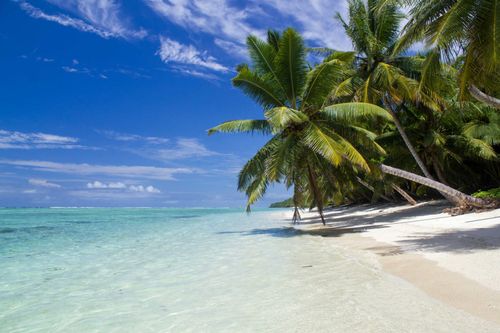Misconception #3: it could be difficult to travel
Tourism is underdeveloped in Bolivia – but the country rewards adventurous souls, offering the rawness lost in more seasoned tourist destinations.
Travel in the larger cities along the well-etched tourist trail is rarely difficult, with many companies now recognising the need for English-speaking staff.
In rural areas, you’ll need some grasp of Spanish, although this shouldn’t put you off. Bolivian Spanish is one of the easiest to understand due to its clarity and speed, and taking a few classes before you travel – or spending a week or two studying in stunning Sucre – will give you the best chance to get the most from your time in Bolivia.
Fundamentally, what visitors must understand is that the development of tourism is hindered by the fact that many Bolivian people cannot yet see its benefits. Few companies work with or directly profit small communities, meaning that tourism may appear an invasion into local peoples’ lives, rather than a means of earning money to support community development.
You can help to change this: take tours run by companies who promote responsible, local tourism, such as Condor Trekkers in Sucre. This will ensure your legacy is positive, helping communities to use tourism constructively for their own needs.
These tours will also guarantee a more positive reception during your travels, and give you a closer understanding of the indigenous and Andean traditions maintained by the Bolivian people.




















